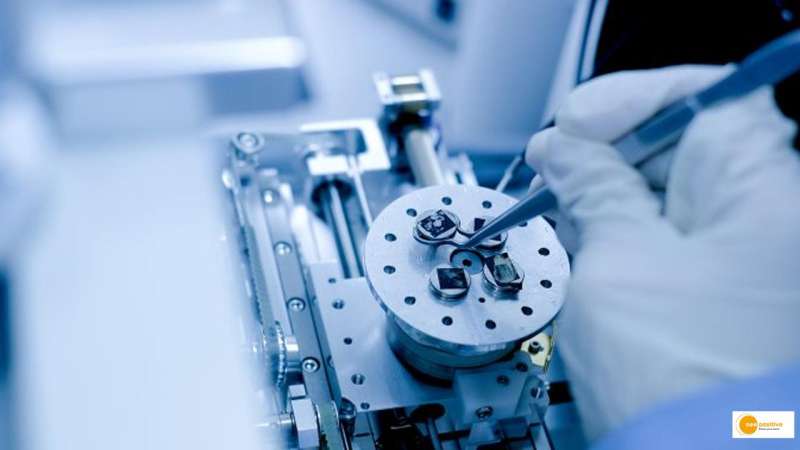

Introduction:
In this digital world, one thing that has become the breath of mankind is the mobile phone. The alexander graham bell invention was a device whose sole purpose is to connect users through voice. This was once a showpiece for the rich but as time passed it was made available in public offices and places for the usage of people. But it was smartphones that really took a turn to these. Once a calling machine now turned the global audiences as its followers. Mobile has a lot of definitions but the common one is “the world at a fingertip and a touch” it could never make it out of the market if it couldn’t support a rechargeable battery. John Goodenough, along with his colleagues in oxford invented the first lithium-ion rechargeable battery which shook the whole world by bringing many clean energy products with less maintenance. A battery is not only limited to mobile but a lot of wide appliances like remotes, vehicles, etc.
APPLICATION OF NANOMATERIALS :
Nanomaterials are used in order to compress or reduce the size of the device without altering its features or even developing them. The application of nanotechnology has shown a lot of promise in the world of technology by providing many advanced sophisticated tools and devices.
The nanomaterial developed by the Royal Melbourne Institute of Technology or RMIT University has shown that a battery can be recycled. A battery can be used for two to three years depending on the way and device it has been in. But with the invention of nanomaterials, they can be recycled and reused. They can provide three times more life than the battery of today’s technology. An average of this battery is given as nine years and uses high-frequency sound waves to remove the rust which depletes the
performance of the battery.
Development in the recycling of the battery was on for decades but it was a high-cost process involving the recovery of lithium and other materials. But the university developed a nanomaterial called “Mxene” which is similar to graphene with high electric conductivity. “Unlike graphene, MXenes are highly tailorable and open up a whole range of possible technological applications in the future,” said Leslie Yeo.
Mxene can be rusted easily and inhibits electric conductivity and reduce its usage, to avoid its high frequency sound waves are used. With the development in progress, research is going on to develop it into using it for bigger things.
APPLICATION OF WORK IN THE FUTURE:
The problem with MXene is it forms rust, and the surface oxide reason for rust is removed. Thus rusting is avoided and the battery can retain its life and can be used further.
With the removal of rust, it can be used for various purposes like wireless transmissions, energy storage, sensors, etc.
This invention is key in developing battery technology as the whole world today is mostly relying on rechargeable devices it provides a platform for a few more new inventions.


